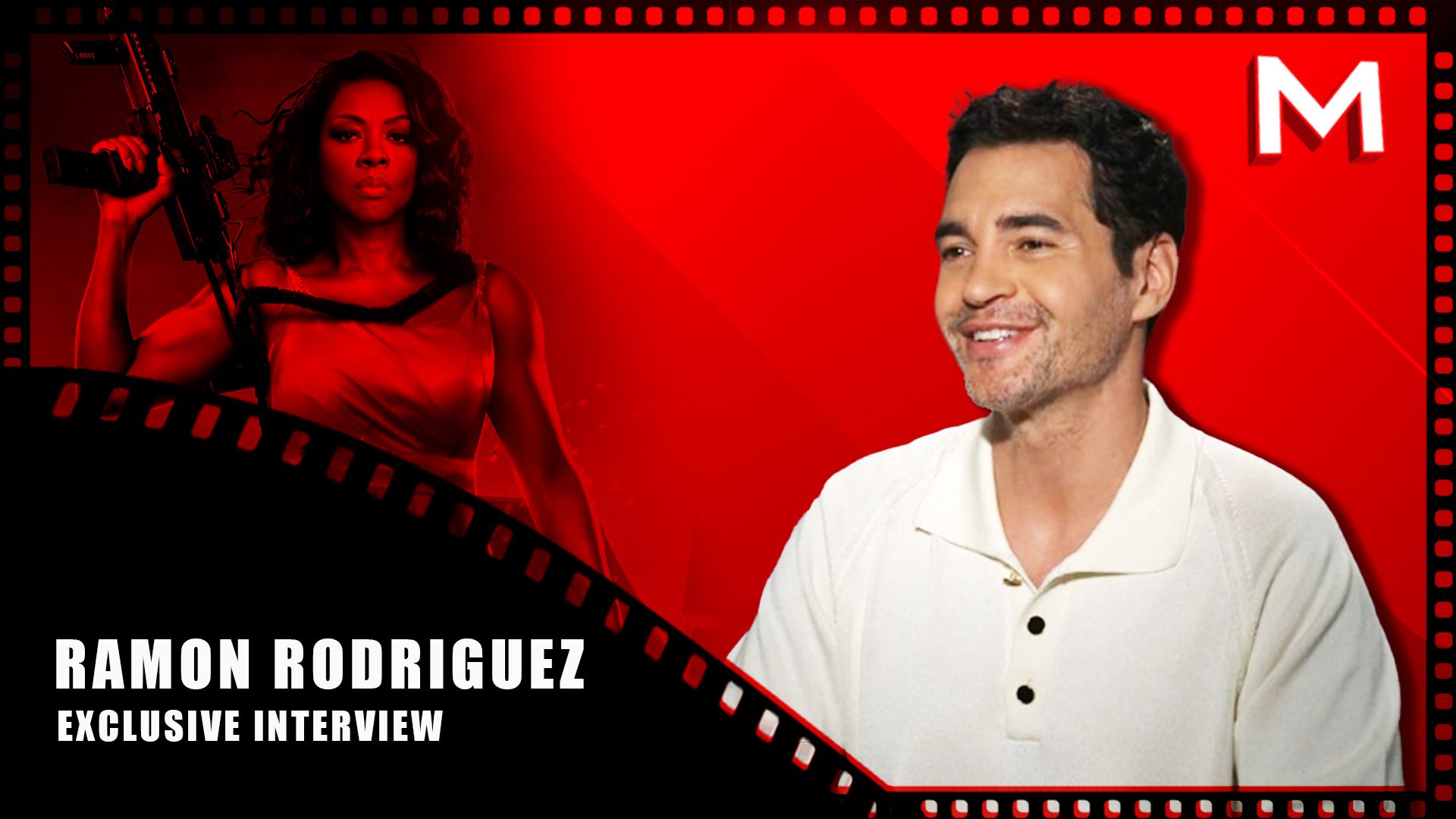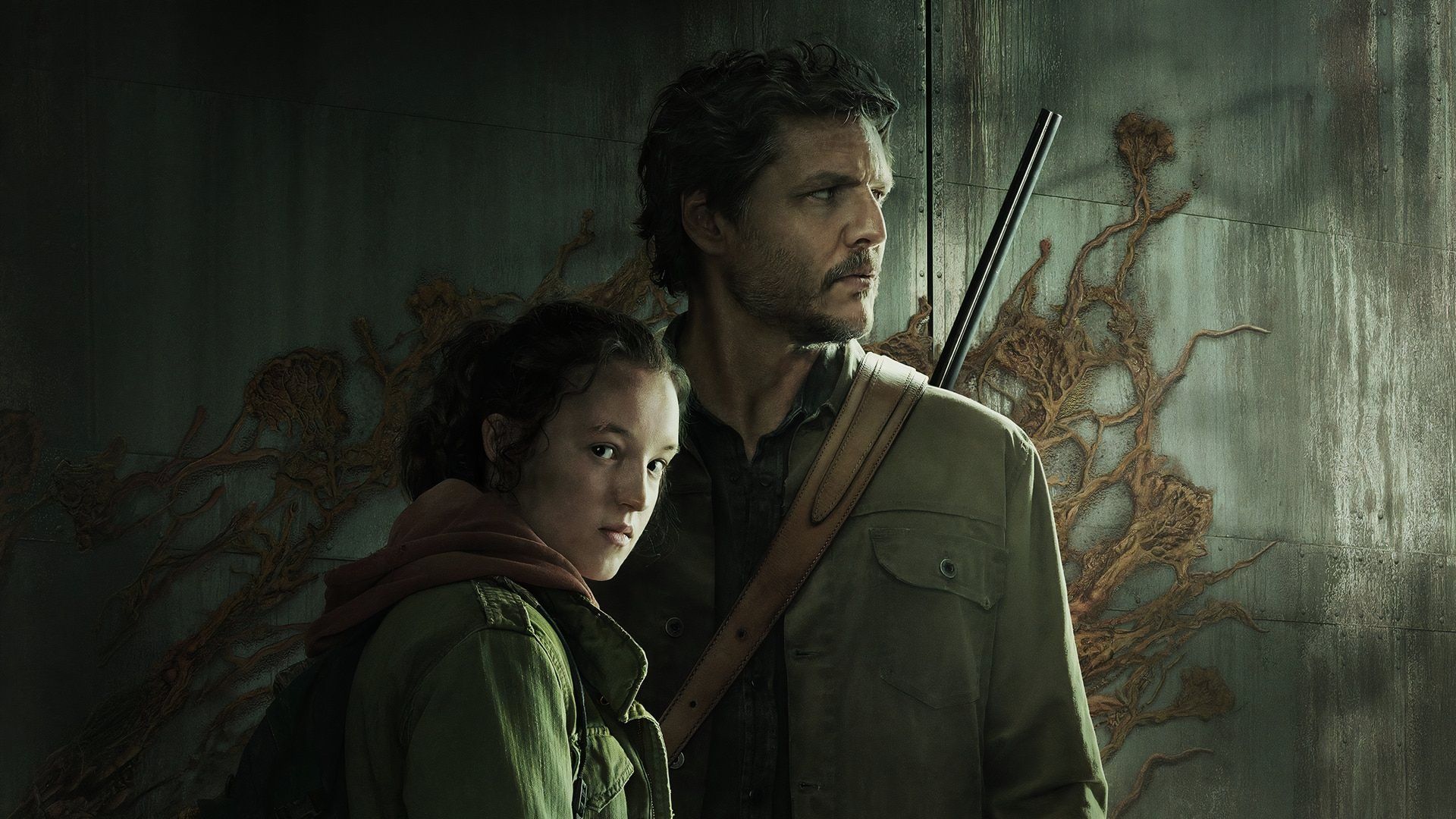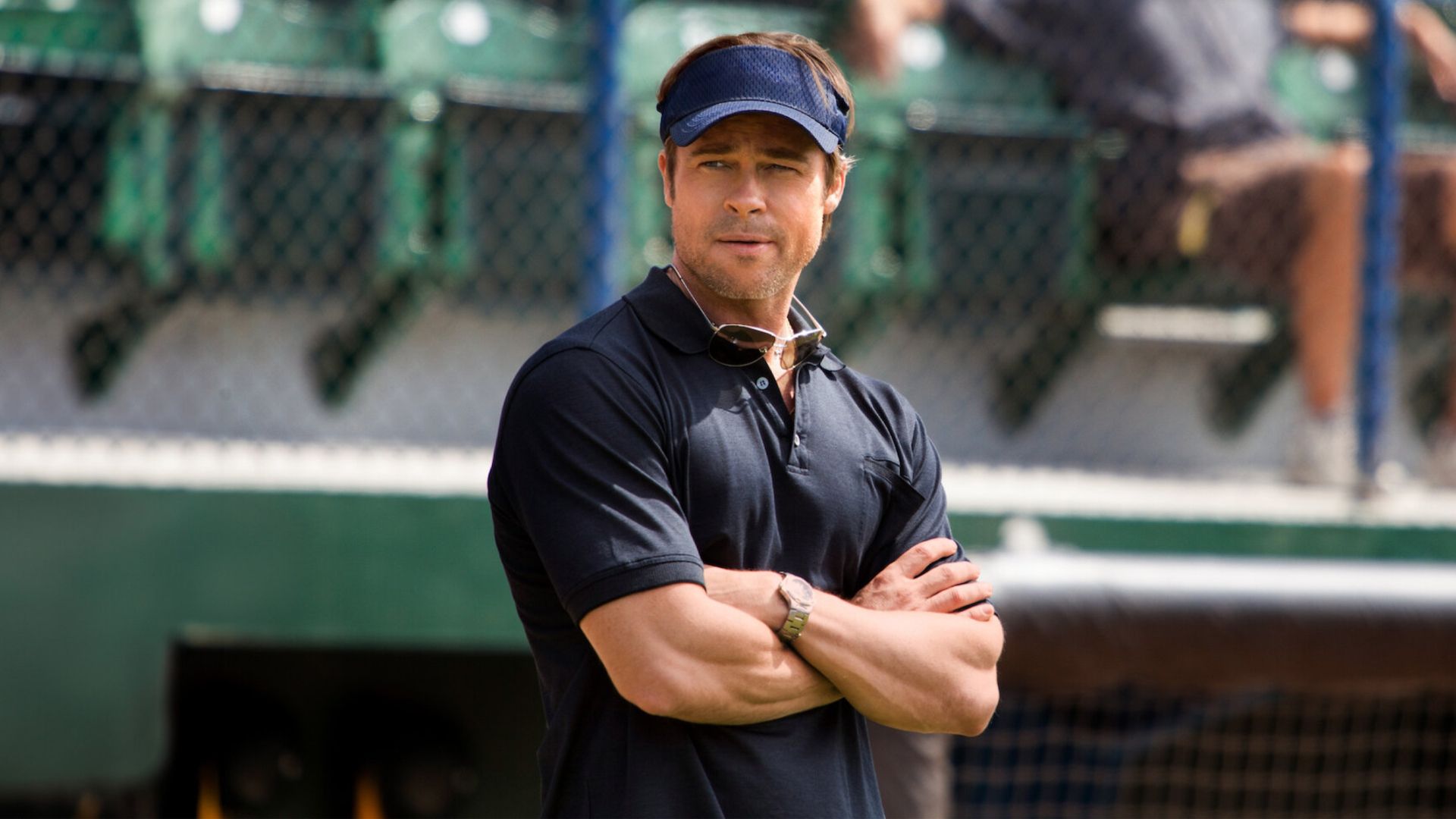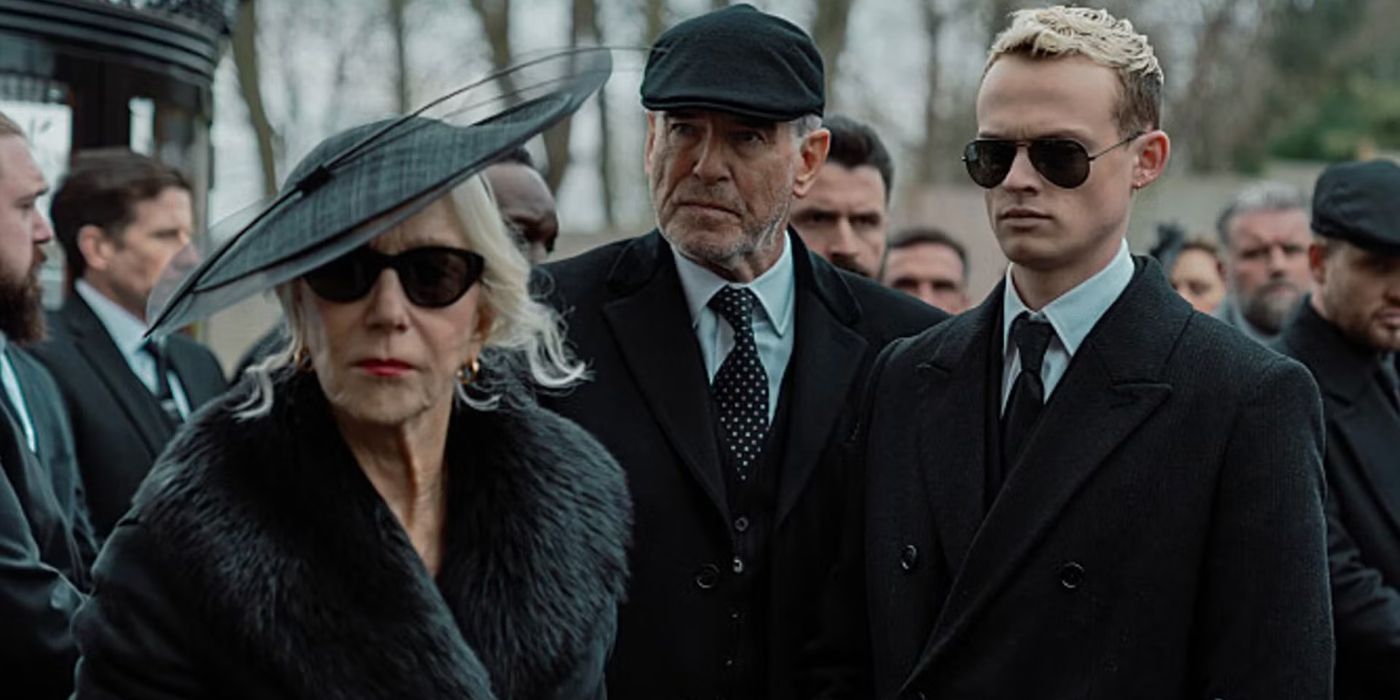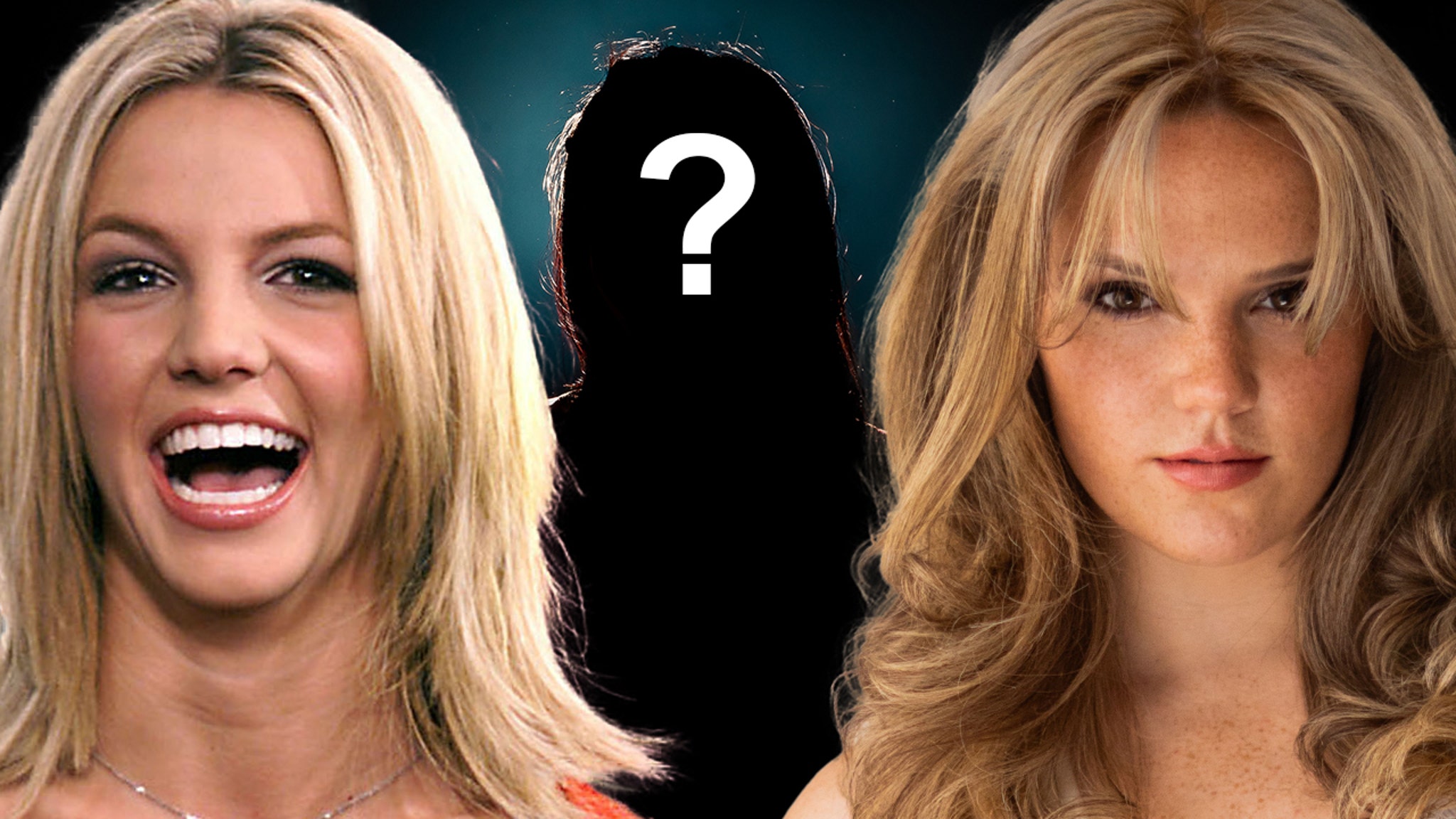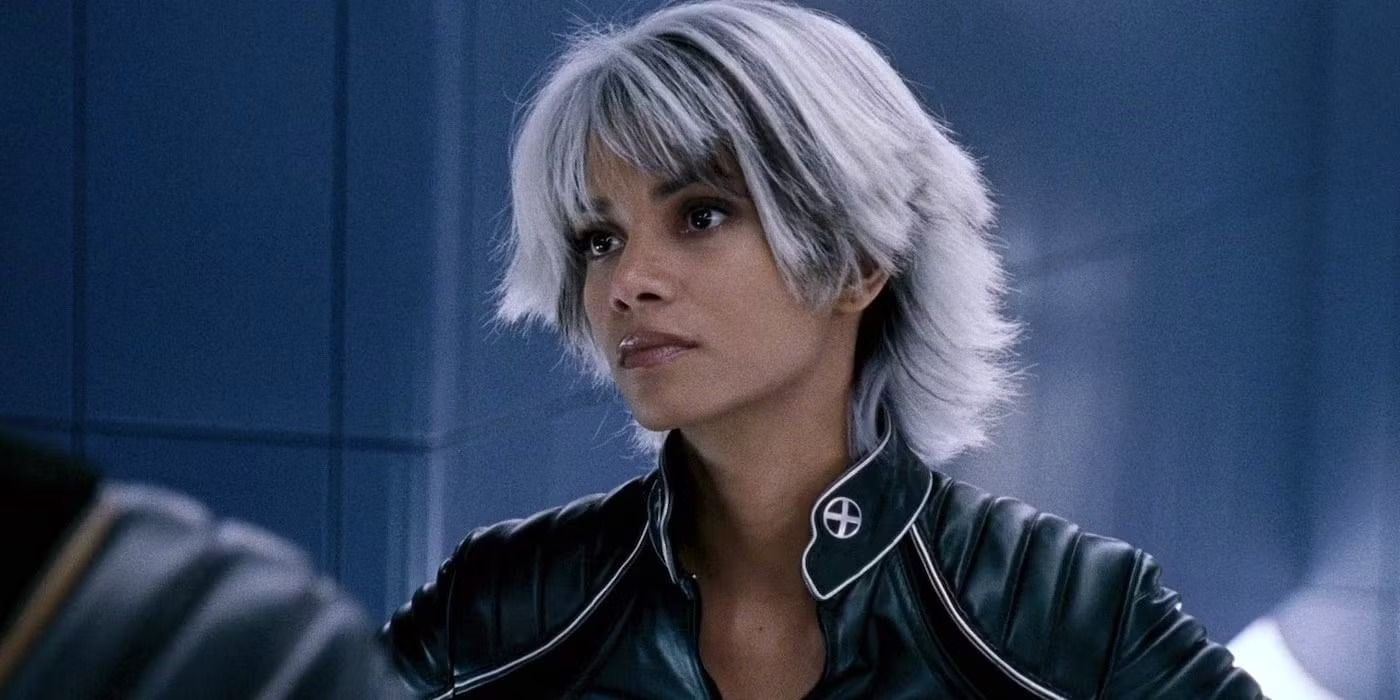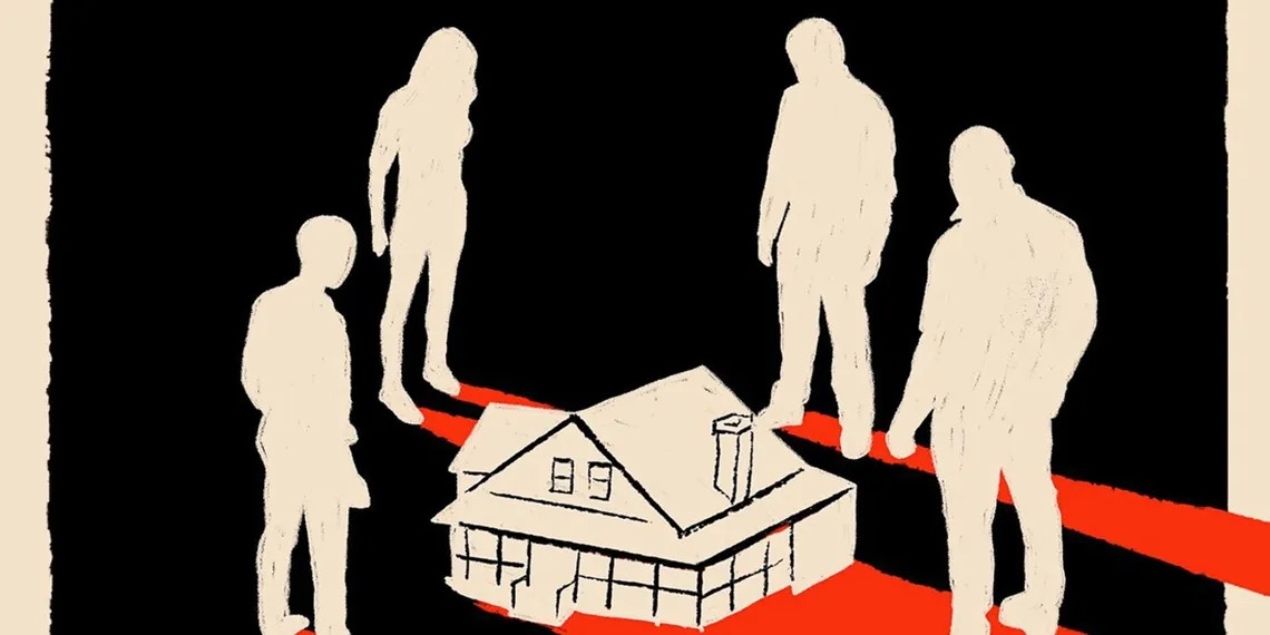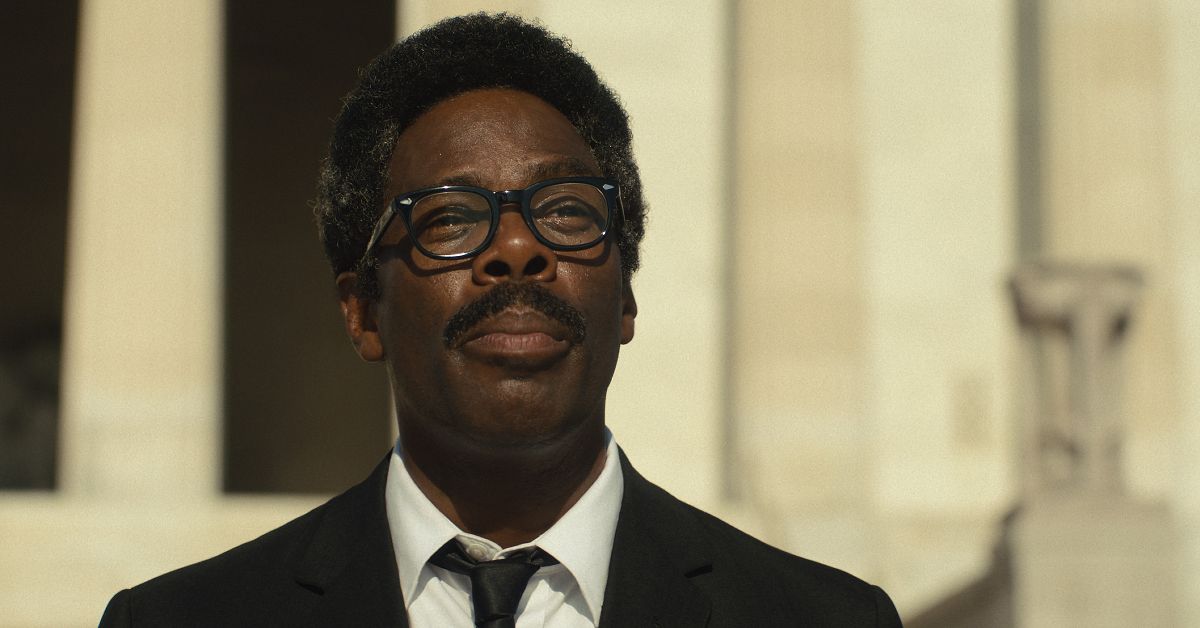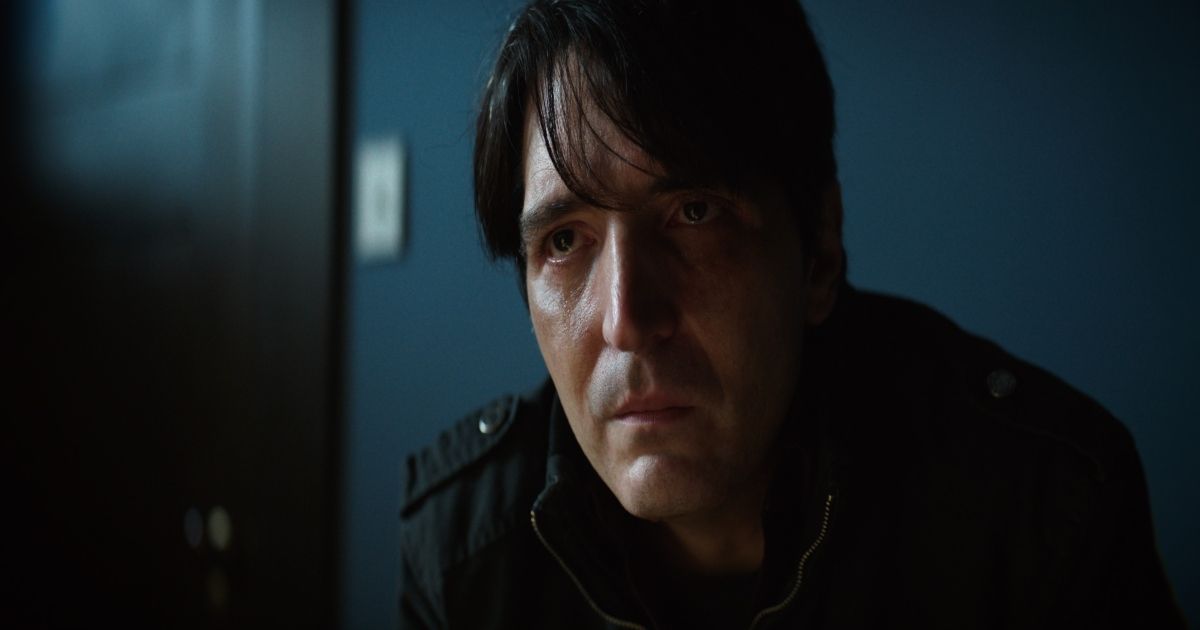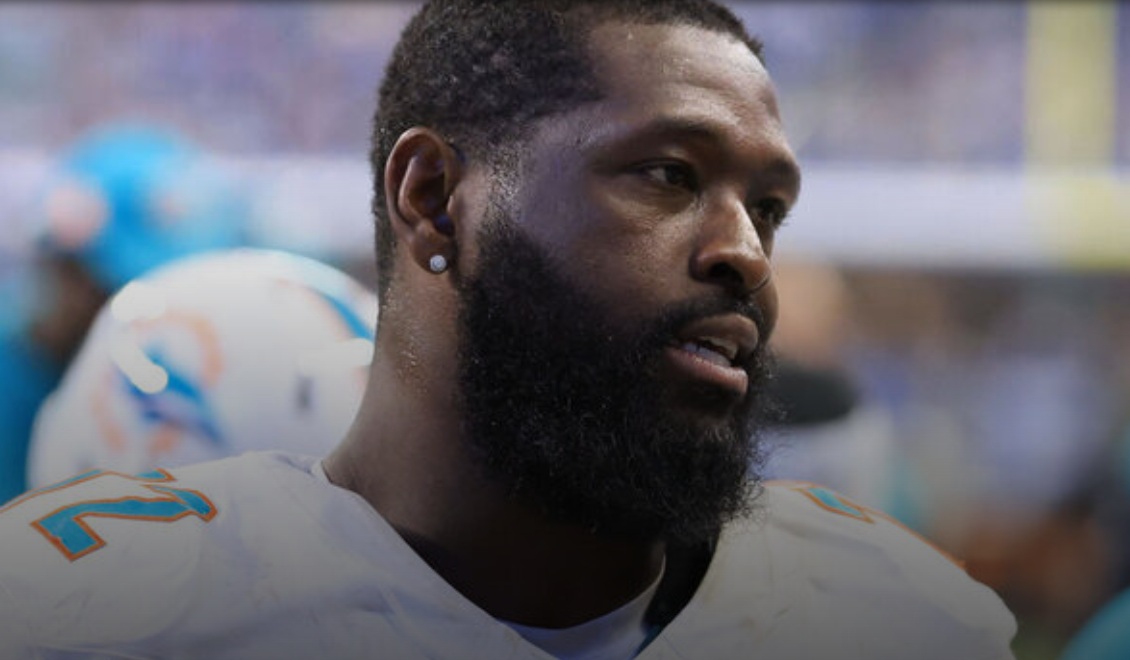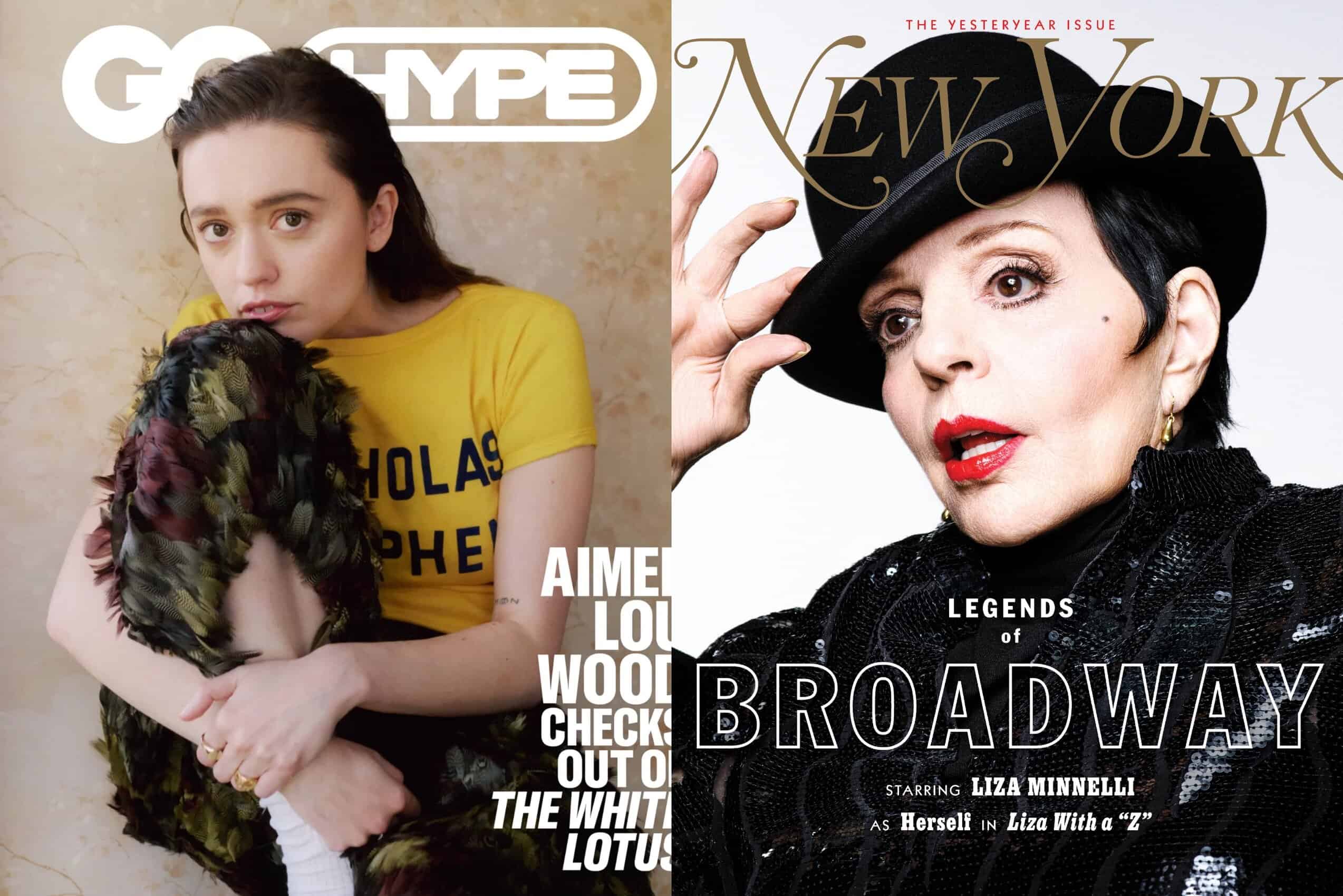Upon being employed by Disney in 1956, Norman worked on such classics as “Sleeping Beauty,” “101 Dalmatians,” “Mary Poppins” and more, before being selected by Walt Disney himself to serve on the story team for “The Jungle Book.” His storied career took him from Disney, to Hanna-Barbera, and Pixar, with many adventures in filmmaking and animation in-between. In person he is modest, handsome, a bit reserved at first, but ultimately warm and engaging.
“I grew up in Santa Barbara which is a big, affluent community, rich with artists, writers, musicians, dancers, choreographers and composers,” recalled Norman in his 2015 interview with RogerEbert.com. “I grew up in an art-filled community so everyone I encountered there encouraged me, and instead of being talked out of my career and my dreams, I was encouraged to follow my dreams and that played a tremendous part in my life. I never had any discouragement, I always had everyone backing me, being on my side. So instead of a story about overcoming hardship and poverty, my path to Disney was a pretty smooth one, and I’m very grateful for that. But it wasn’t as ibig a struggle as one can imagine. And despite the color of my skin, back during the 1950’s, even that was not a barrier.”
“Floyd Norman: An Animated Life” depicts Norman’s lively narrative through original animations created from Norman’s hand-drawn gag drawings. Fiore and Sharkey’s cameras follow Norman throughout various locations key to his life including the Disney campus. Testimonials from Norman’s friends and colleagues (including Leonard Maltin and Whoopi Goldberg) tell a warmly affectionate story, as Norman nears age 80 in the documentary. As vital and youthful as ever, he reflects on his trailblazing career and his forced retirement from Disney at age 65 with humility and humor, while continuing to be a force in the animation world.
“A successful animated film must have not only entertainment, but it has to have heart,” reflected Norman. “It has to have an emotional resonance when people sit down, and it doesn’t matter whether you’re 5 years old or 55 years old or 85 years old, the picture touches you. It speaks to you, it makes you laugh, it makes you cry and that’s what the Old Man, Walt Disney, taught us that you have to connect with the audience. If the audience doesn’t have that connection, then you’re hopeless. And that’s why Walt focused so much on characters that you got to know, that you get to love. The characters in your film are everything because if you don’t like those characters then you’re not going to go on your journey with them; you’re not going to be involved in their story. And because you care about them, everything and anything that happens to them affects you.”
You can view the original article HERE.
